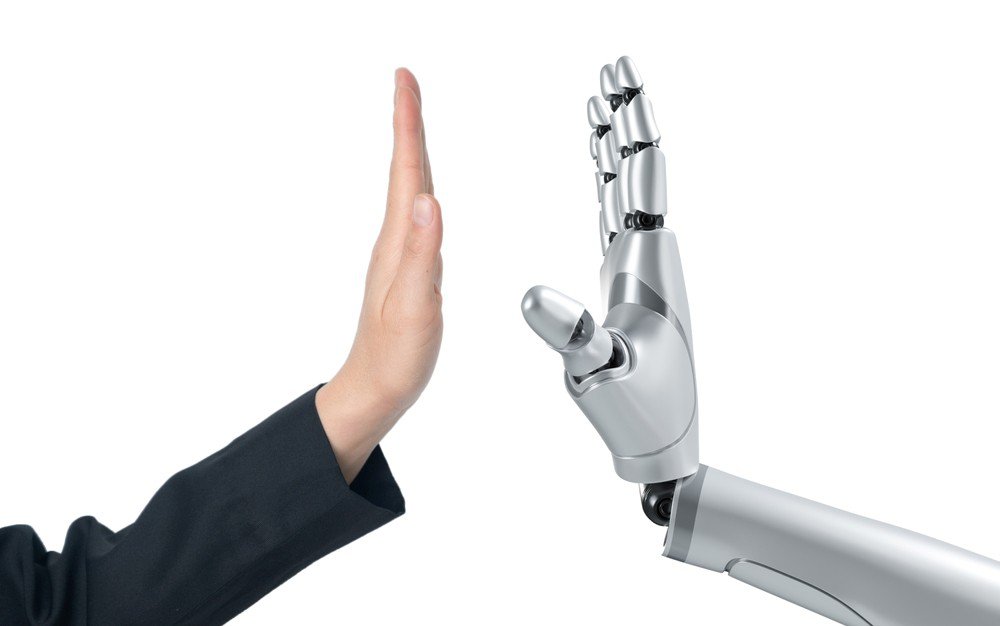At the forefront of the packaging revolution, Tey Bannerman, a leading voice in design innovation, explores how generative AI is reshaping creativity and collaboration in the industry. In an era of relentless technological advancement, few innovations hold as much disruptive potential as generative AI (GenAI). While industries have experienced waves of automation and AI-driven change, the design and packaging landscape now stands at a particularly transformative crossroads. The infusion of GenAI into design processes is set to revolutionise how packaging is conceived, developed, and brought to market, but it also casts a shadow of uncertainty over the future role of designers. Or does it? As organisations grapple with the question of how to navigate this uncharted territory, a critical conversation is emerging: how will creativity, artistry, and the business of packaging design evolve in a world increasingly influenced by artificial intelligence?
This conversation is gaining momentum as industry thought leaders take to the stage to unpack the implications of AI’s rise in design. One such leader, Tey Bannerman, will be headlining February’s Packaging Innovations event, where he will delve into the very questions shaping the future of design. Bannerman will explore how generative AI is not just reshaping workflows but redefining the entire creative process.
His presentation will highlight a crucial statistic recently published by McKinsey & Company: generative AI has the potential to unlock up to $60 billion in productivity within product research and design. As technology accelerates at an unprecedented pace, the role of AI in the creative industries is no longer a distant concept—it is already here, transforming how we approach design and innovation. The accessibility of tools like generative AI is empowering designers to ideate, iterate, and refine concepts faster than ever before, democratising the design process and sparking a wave of creativity that rivals anything seen in recent decades. With this shift, a fundamental question arises: how will creativity, artistry, and the business of packaging design adapt and thrive in an AI-driven world?
“I think there are probably a few things to consider,” he told Packaging Innovations. “First, it’s important to realise that what’s possible now with technology is much closer than people might have thought. Second, technologies like AI and generative AI are creating new ways to design, test ideas, and essentially create more efficiently. These tools are now accessible to many more people, which is significant. So, accessibility is a key point. Third, this is leading to a lot of innovation—more than we’ve seen in the past 5–10 years. I think it’s about inspiring people and helping them realise that these tools are now in their hands. They can start trying things out, testing, and seeing what works for them as early as tomorrow.”





